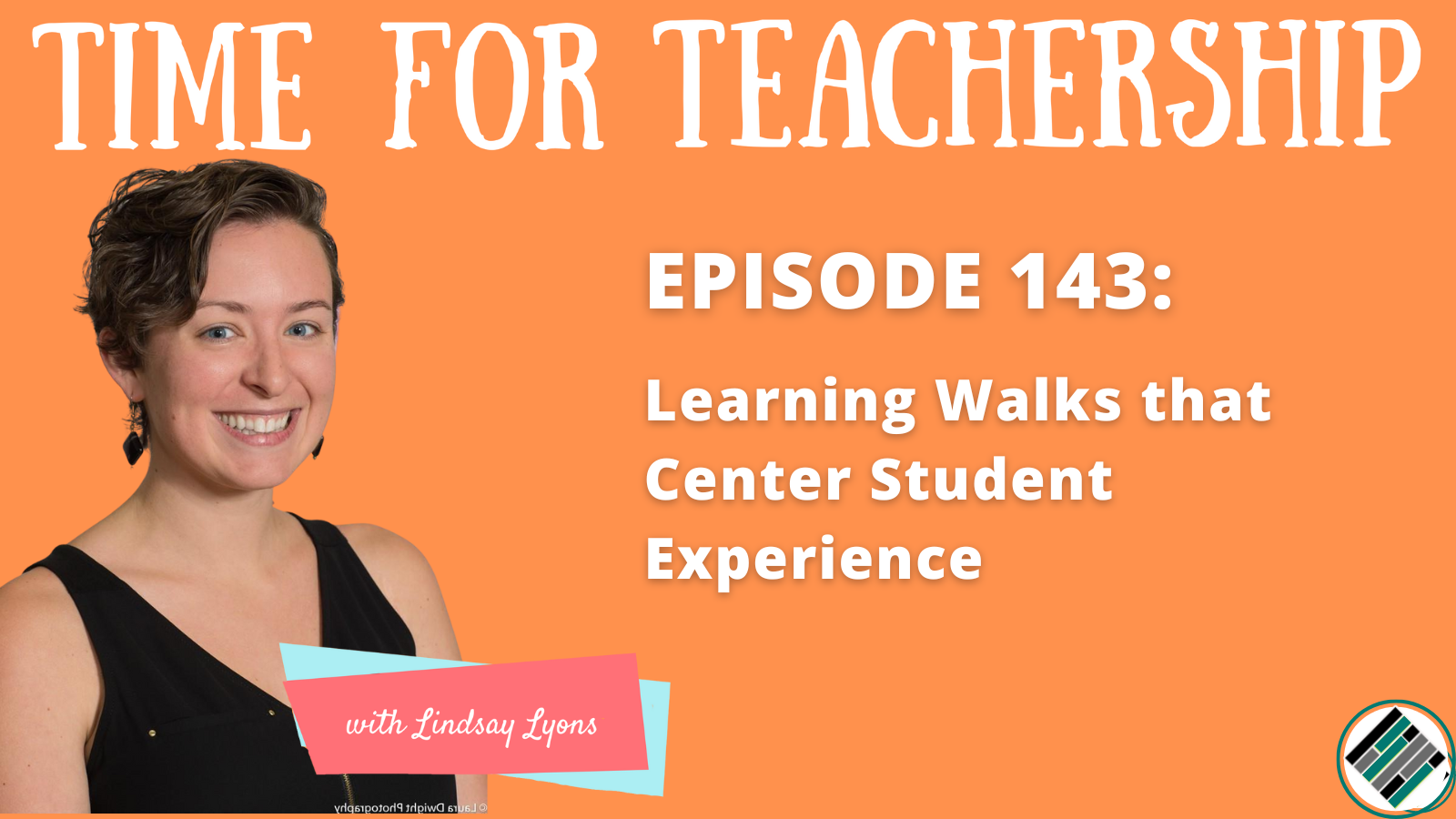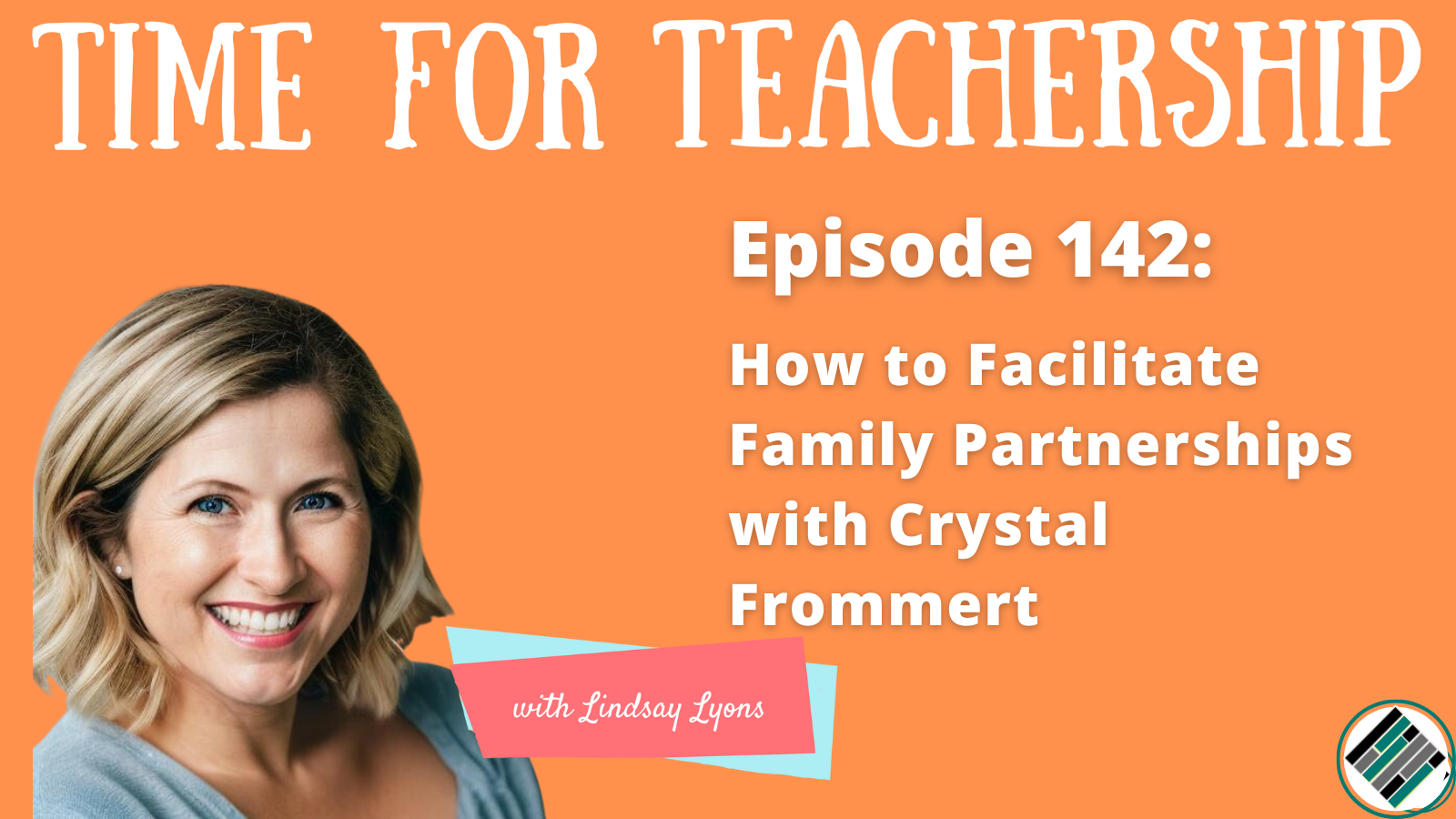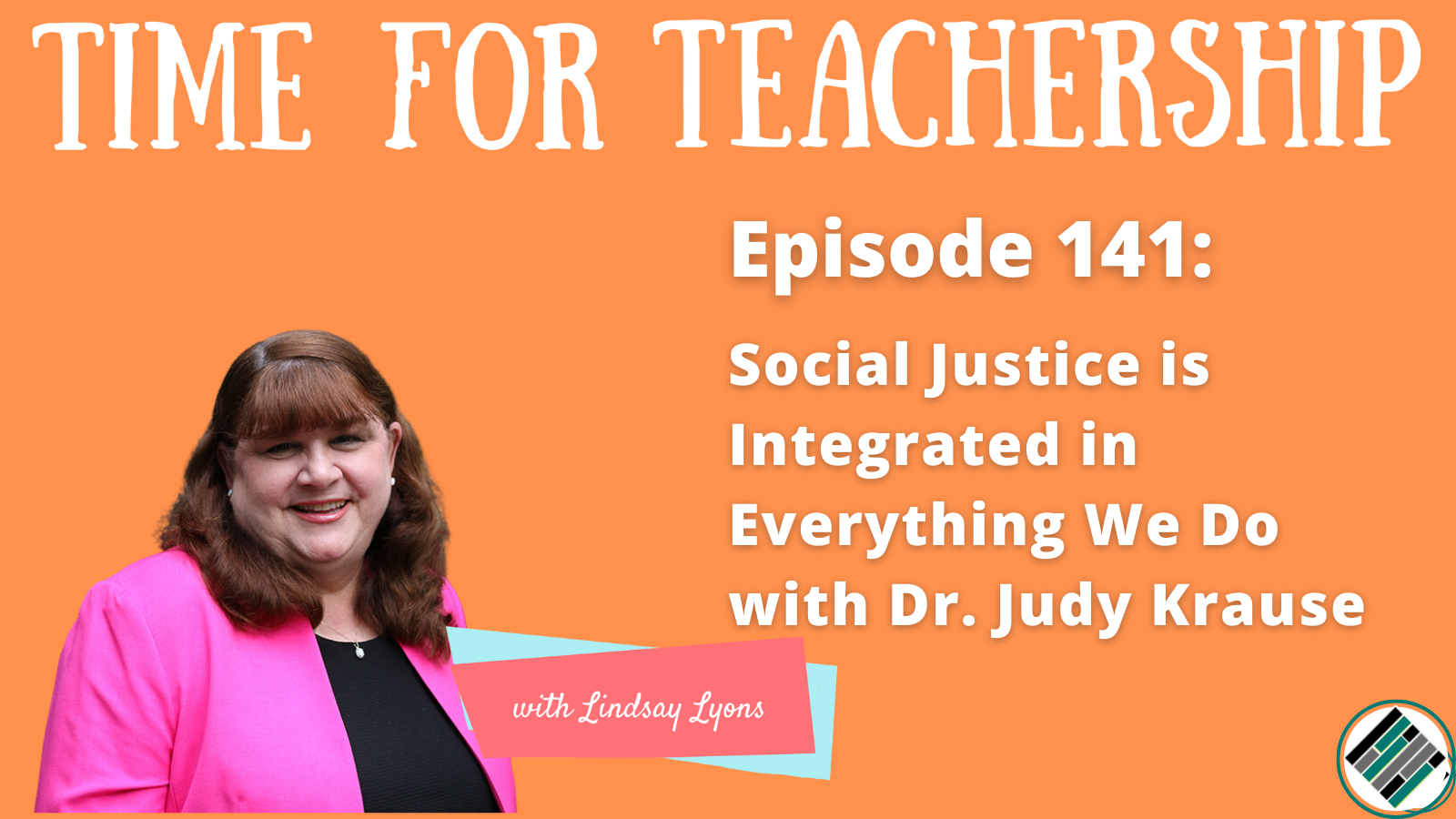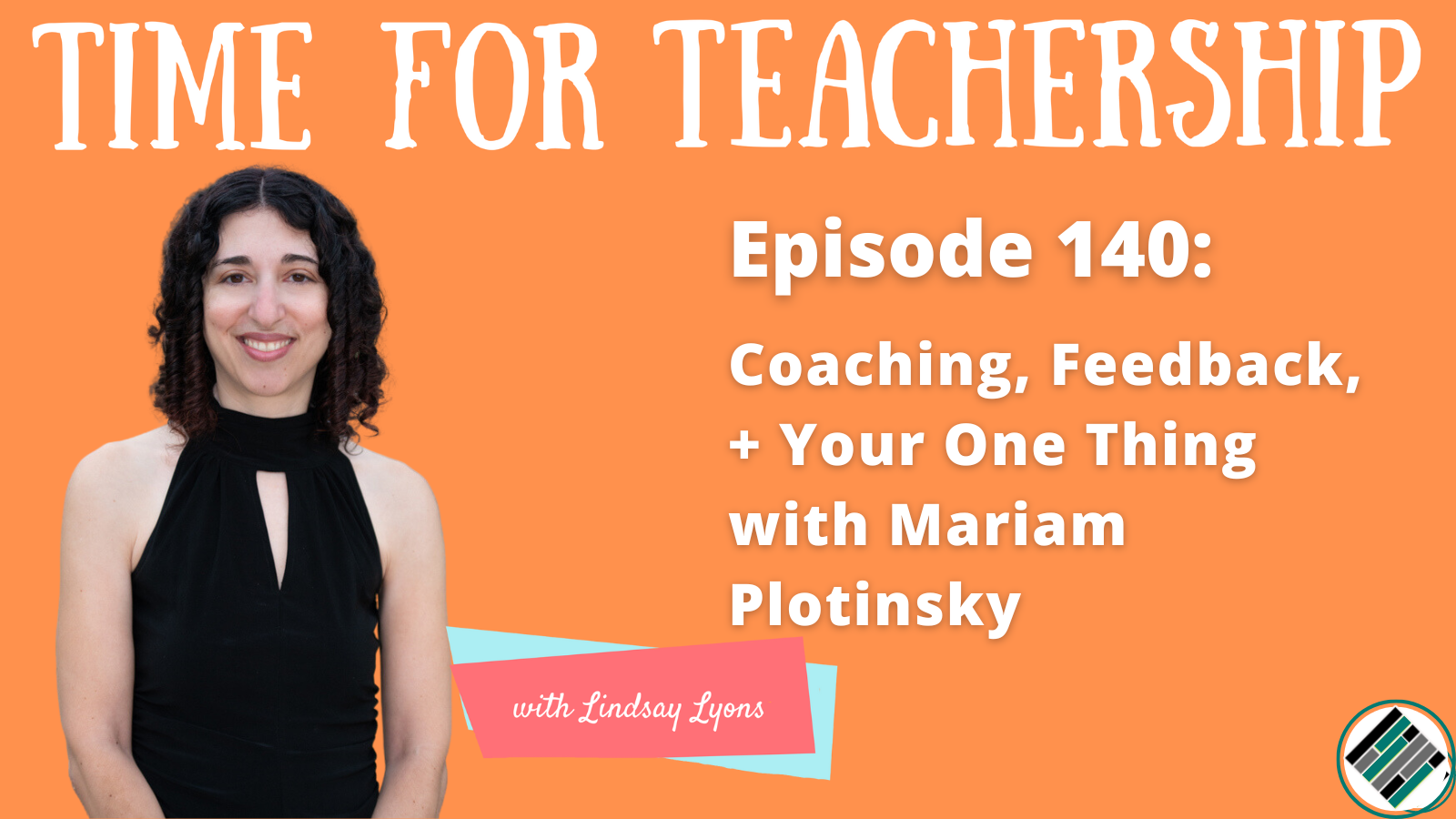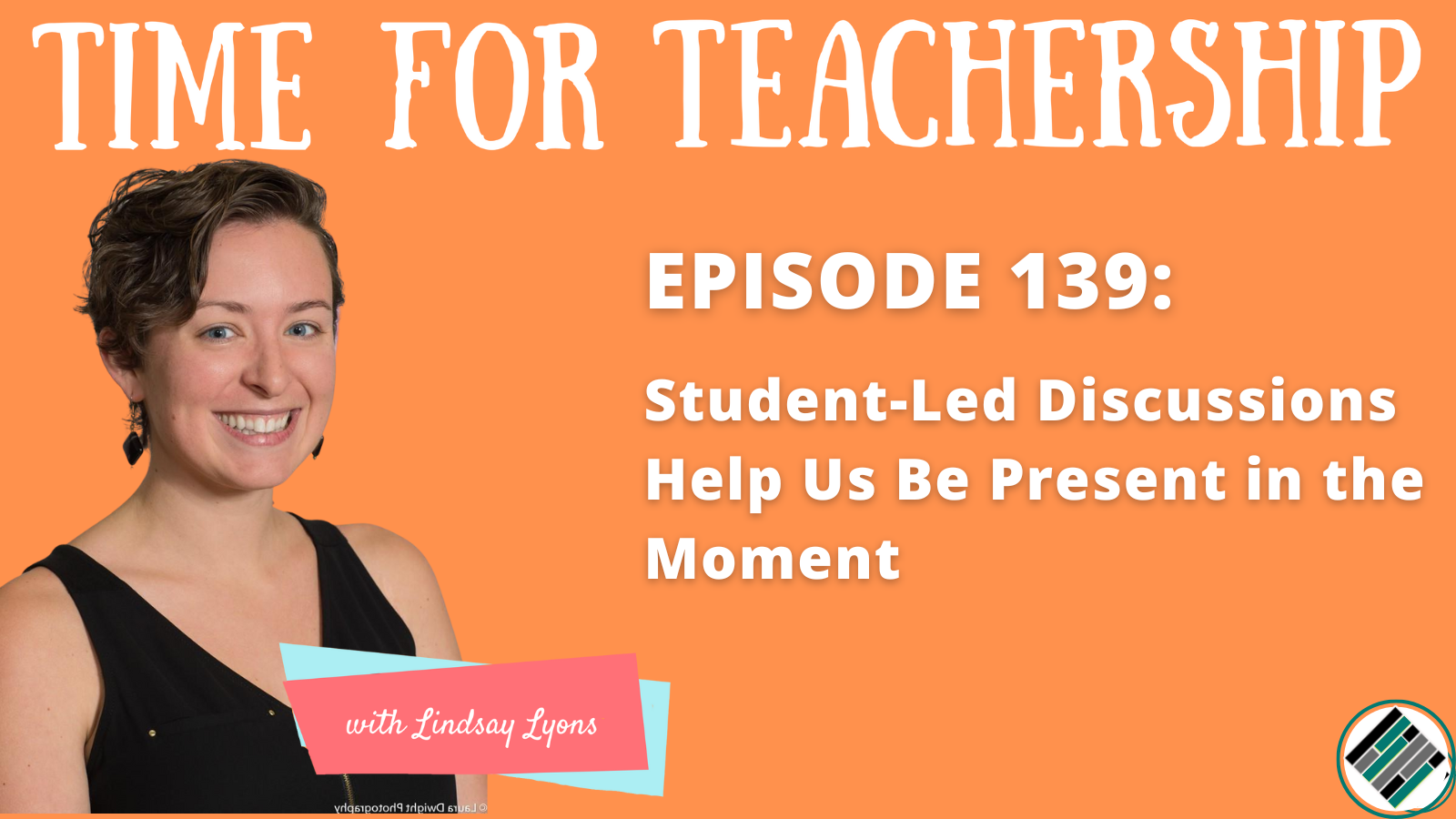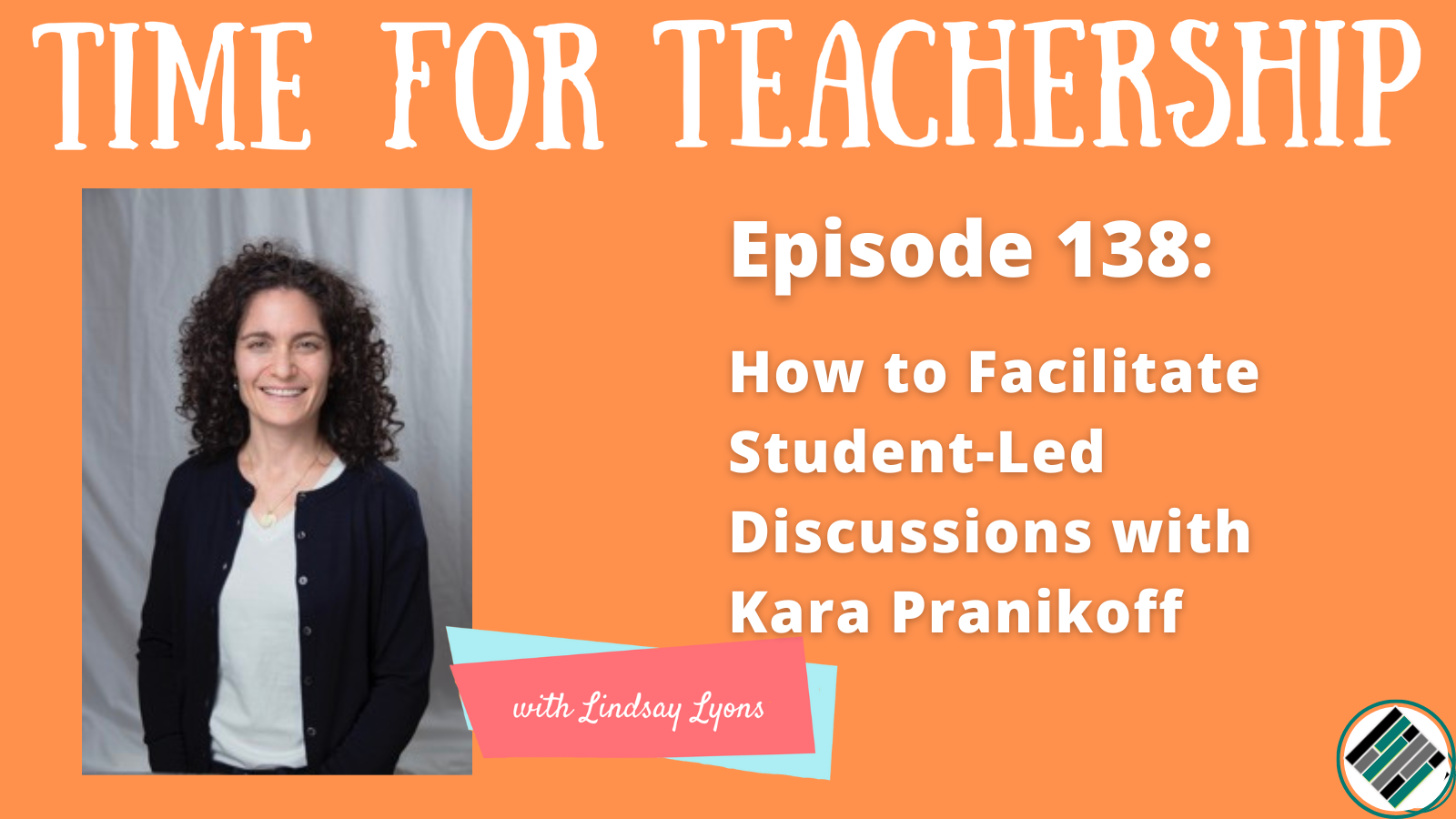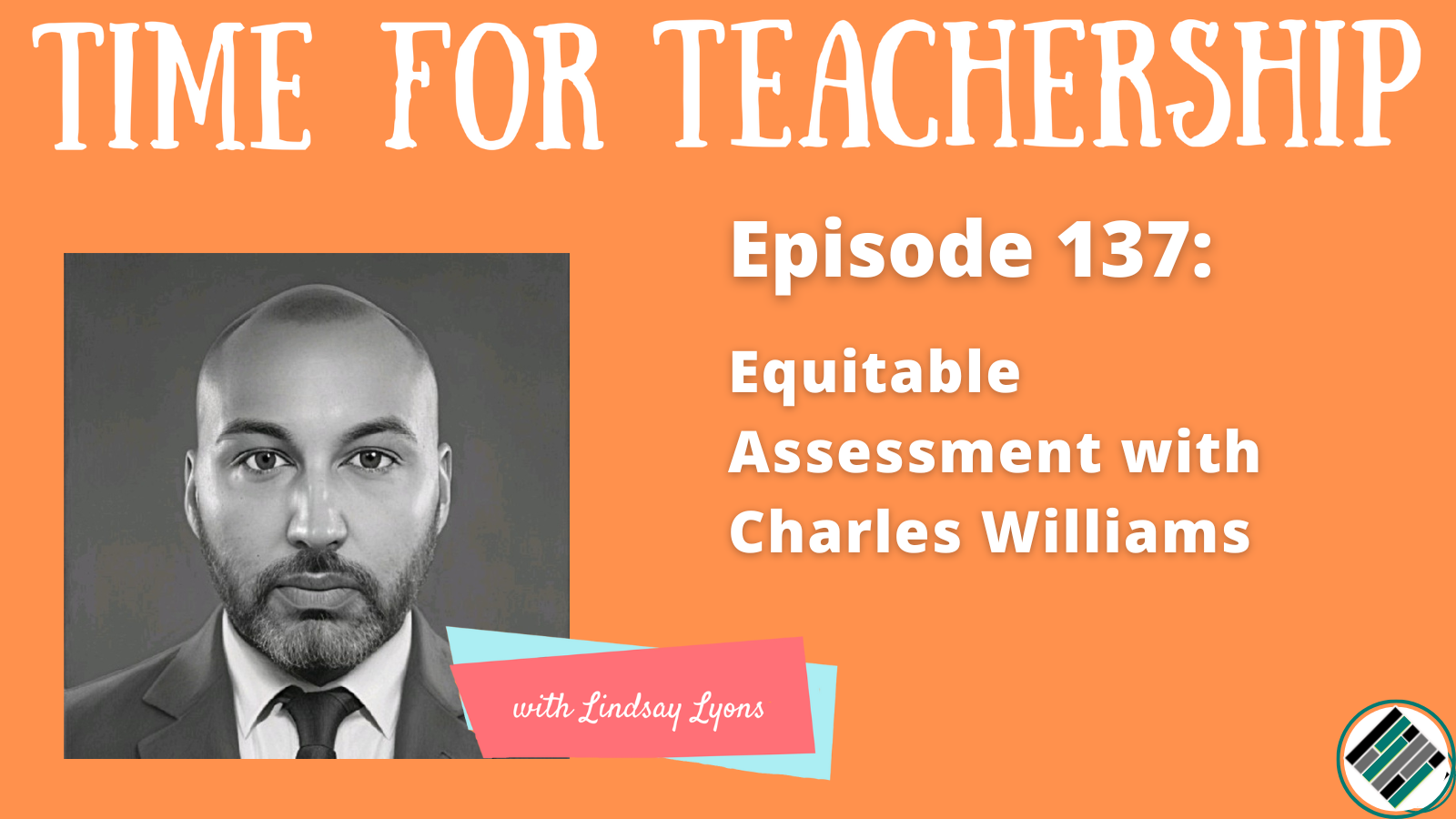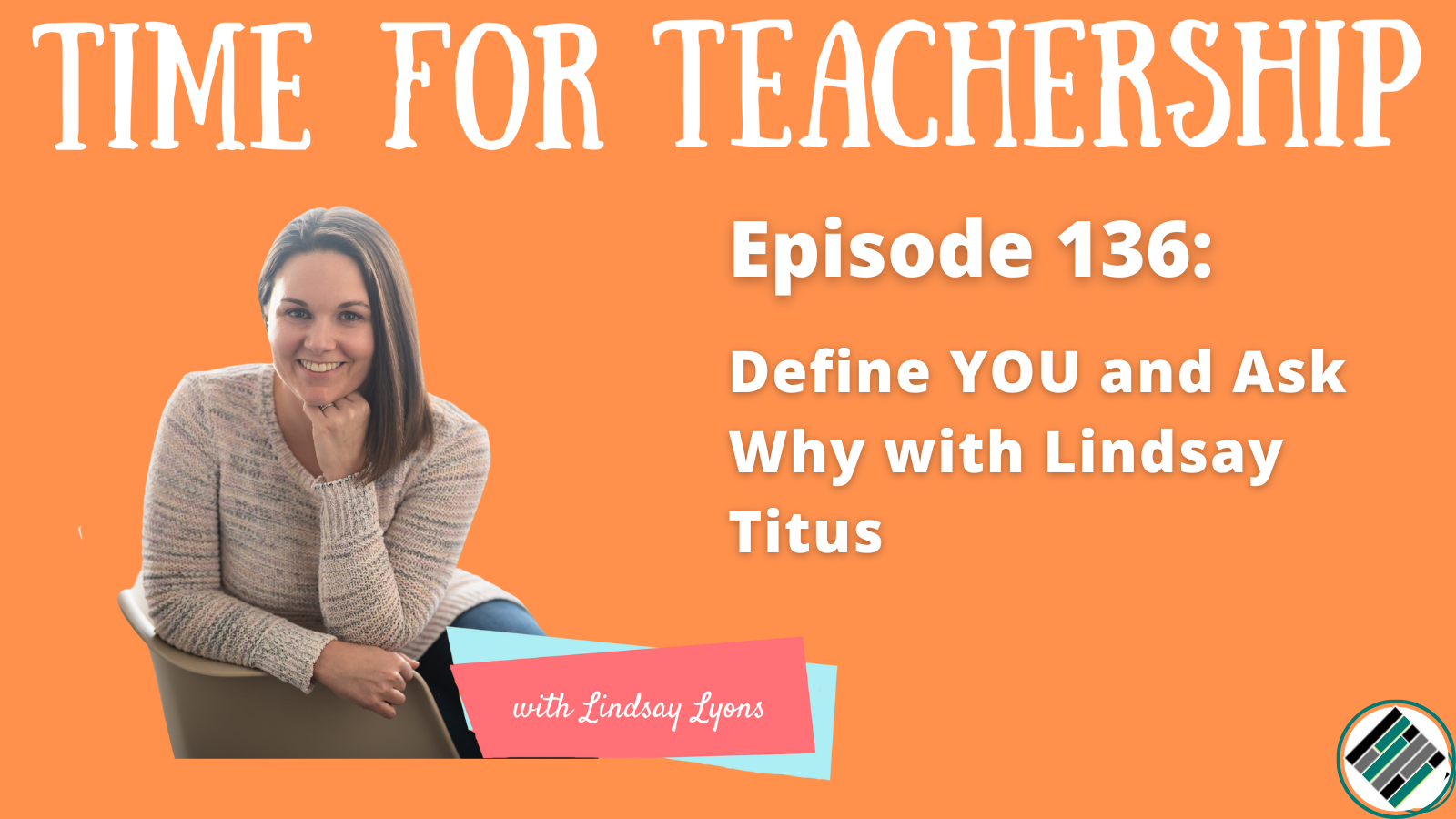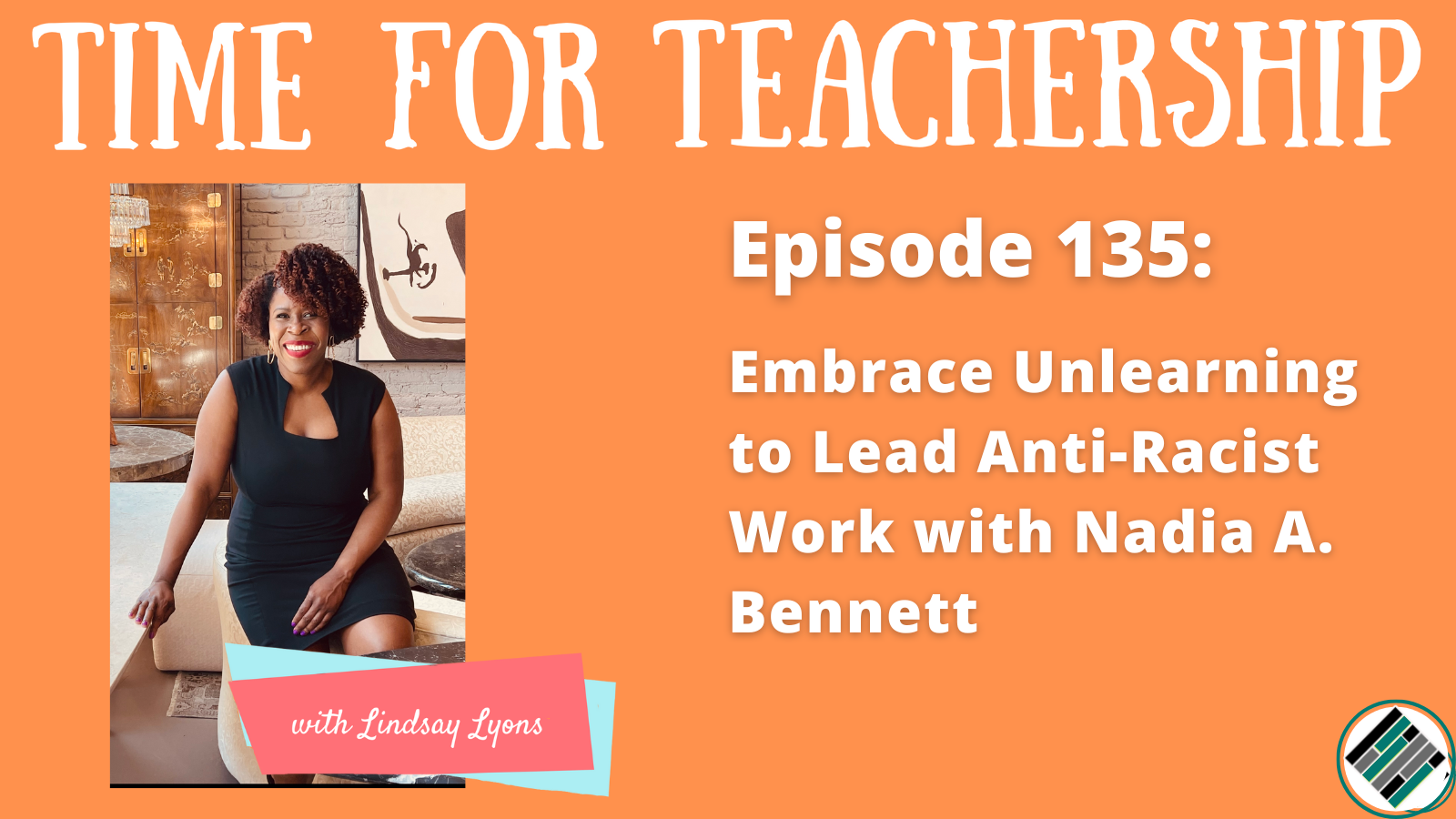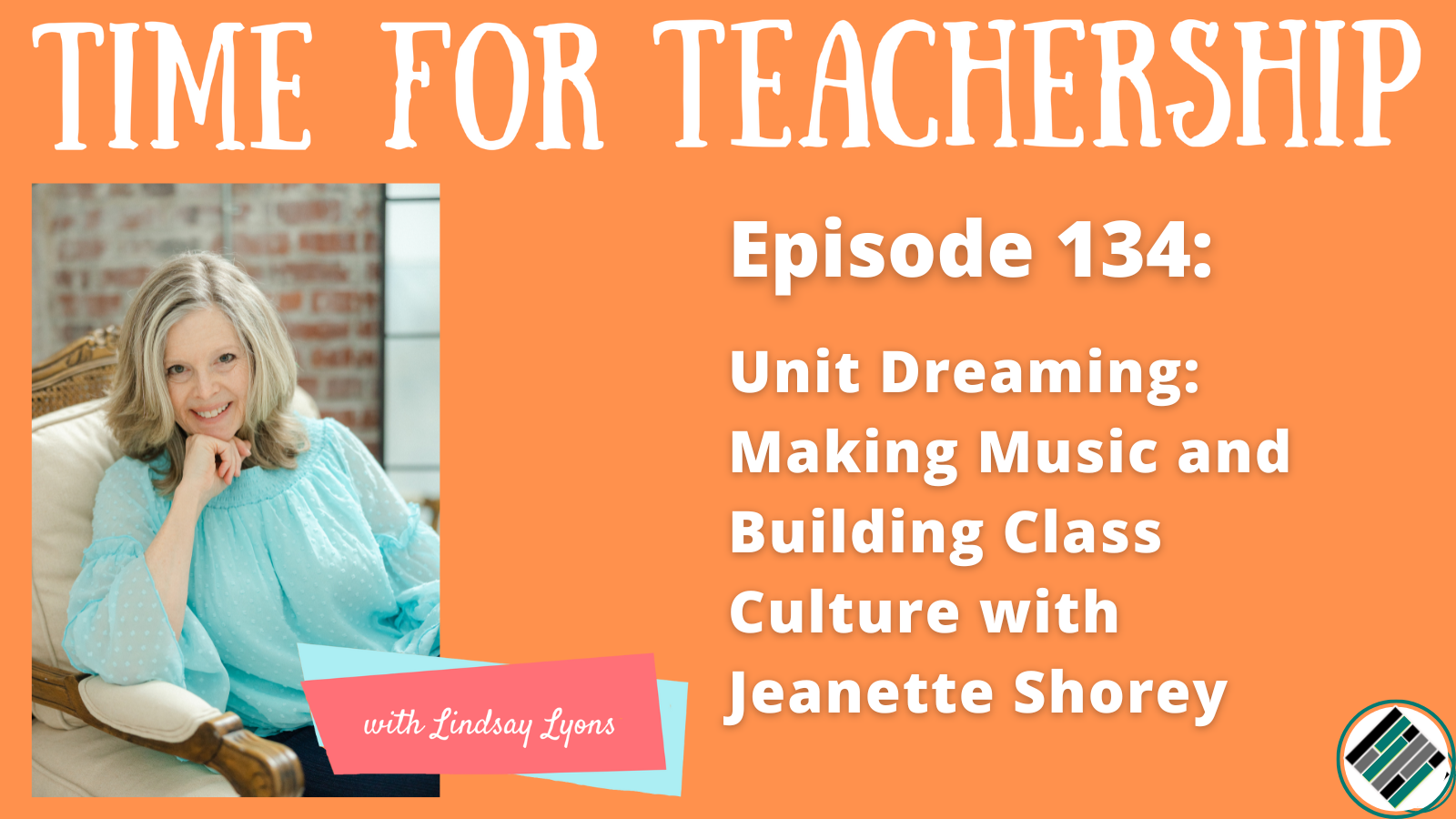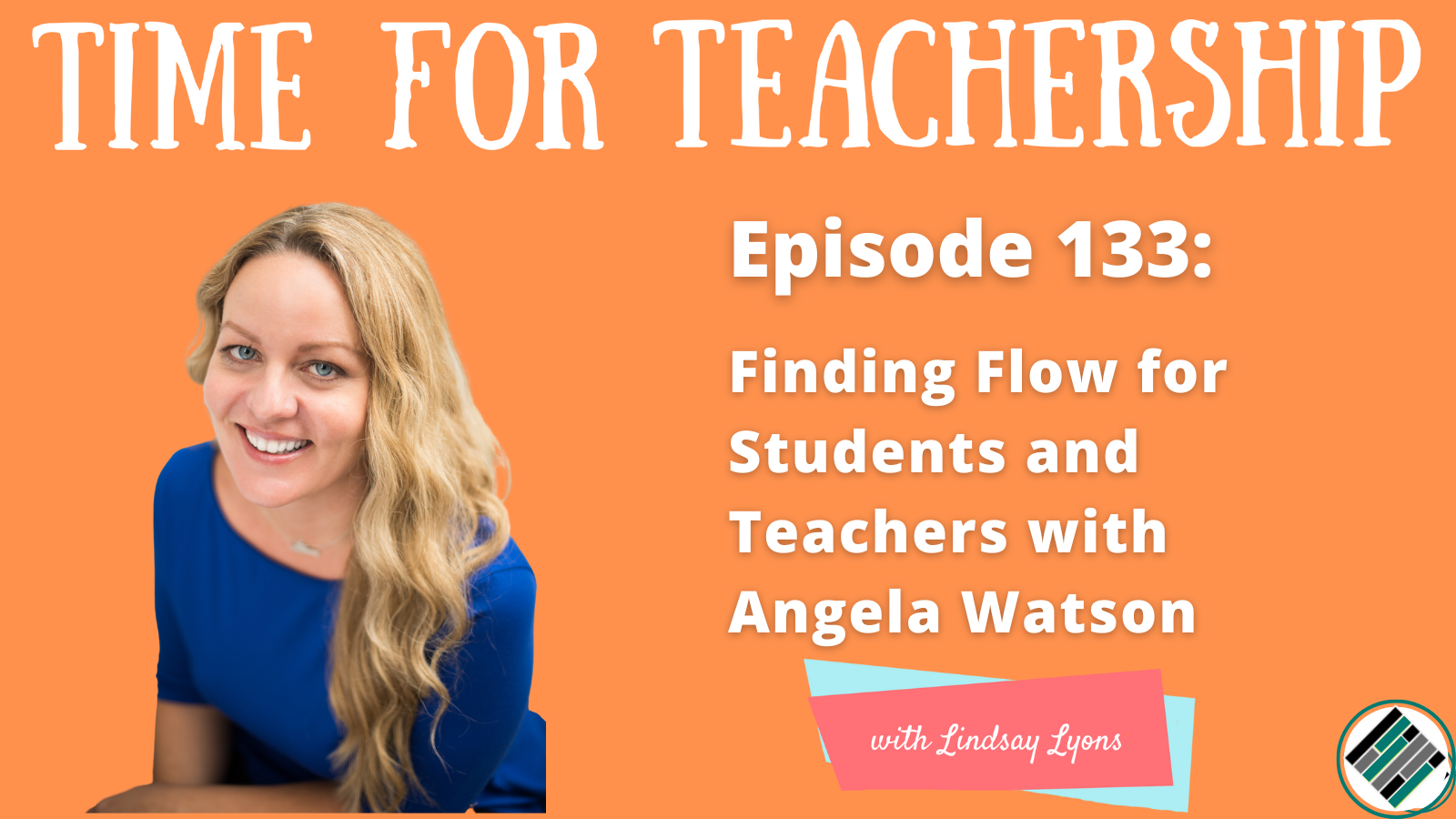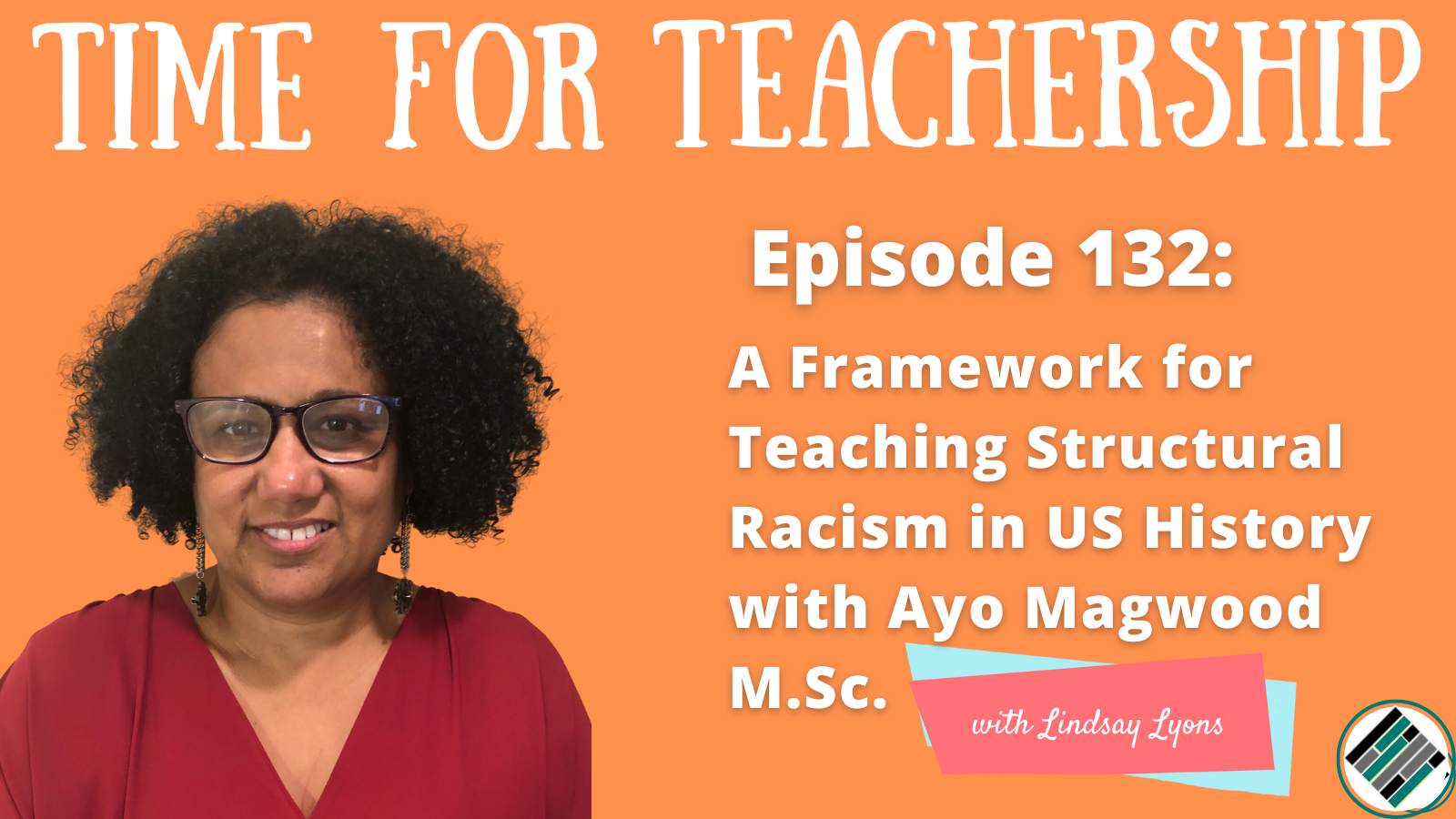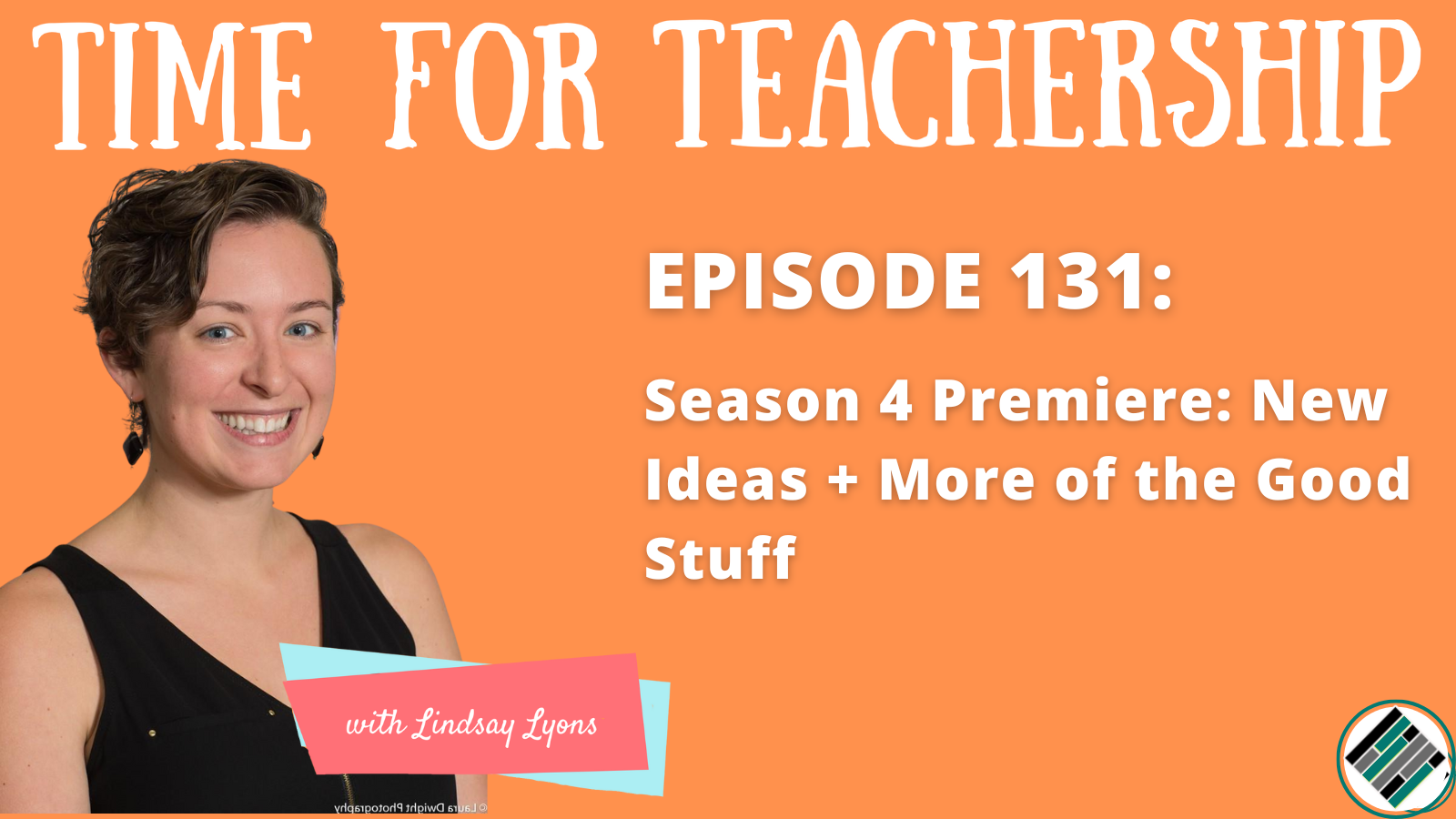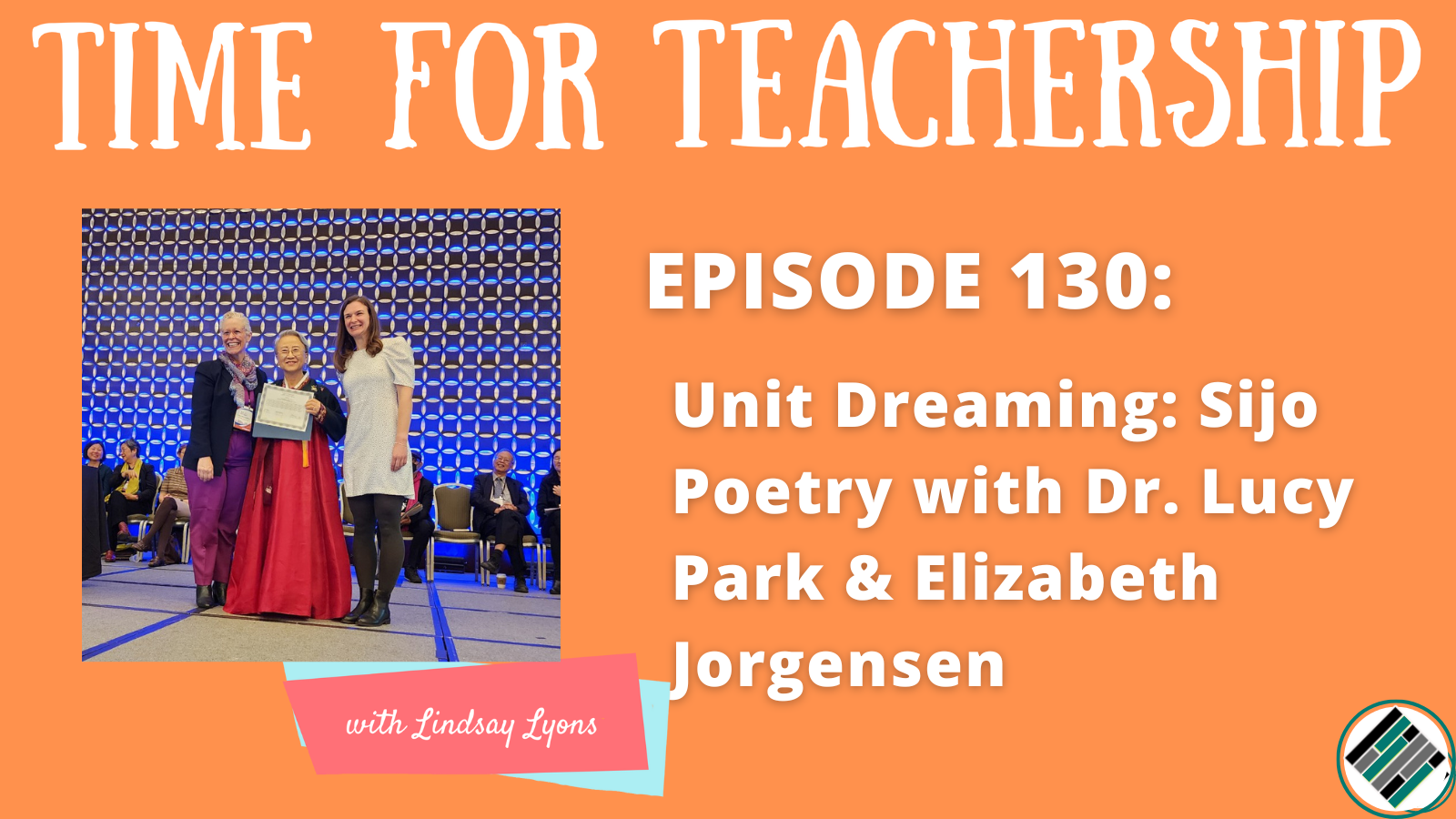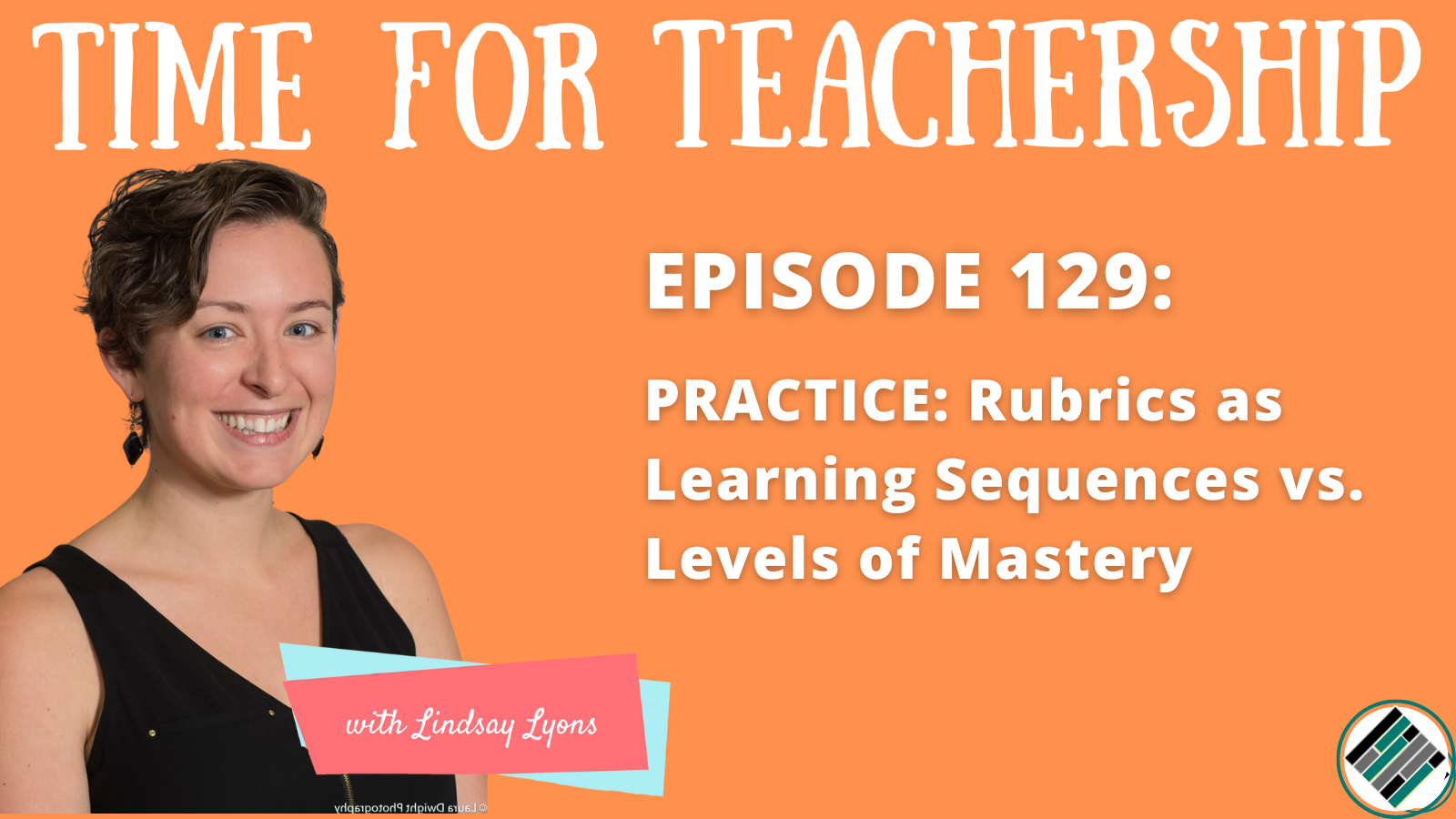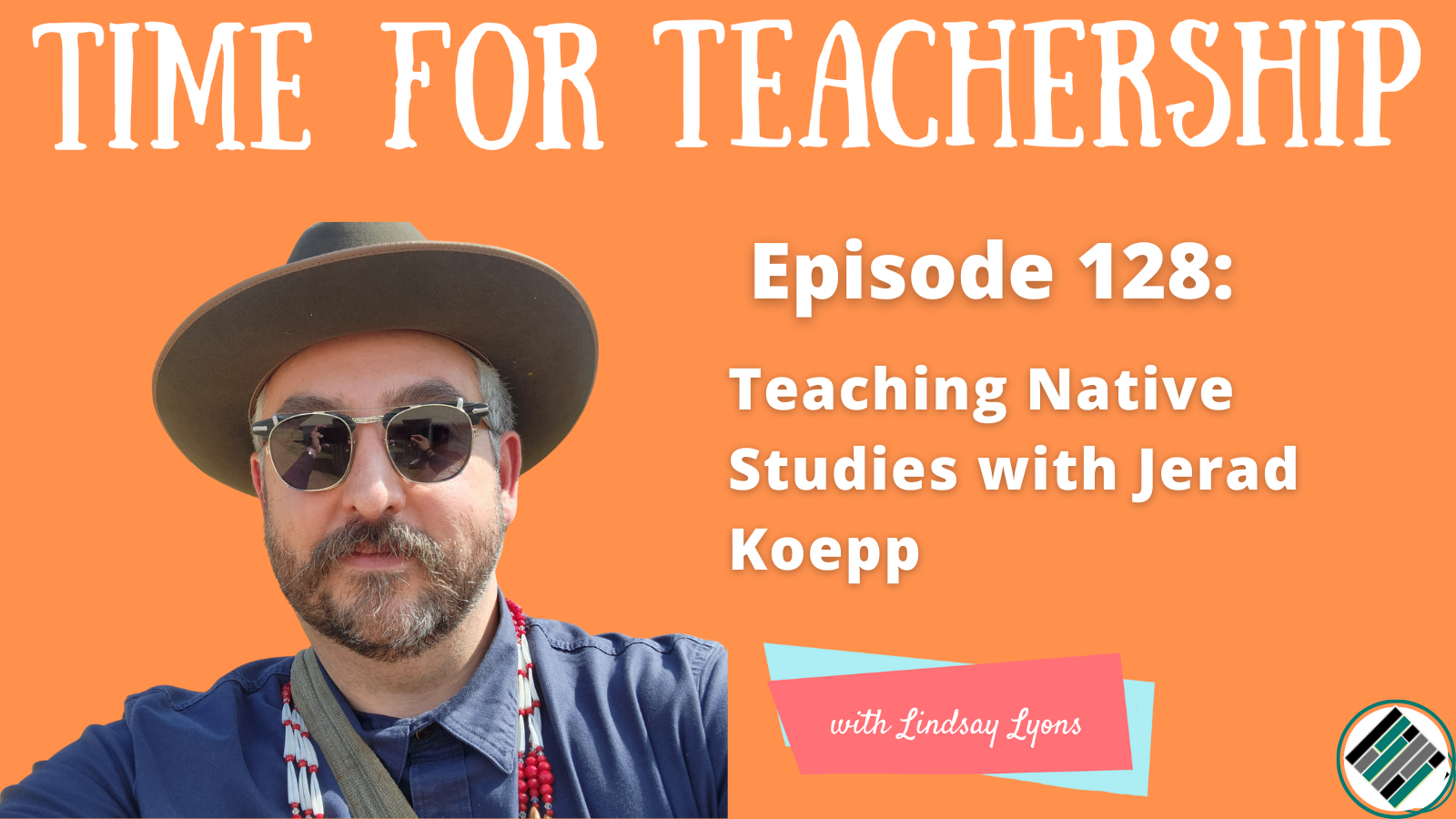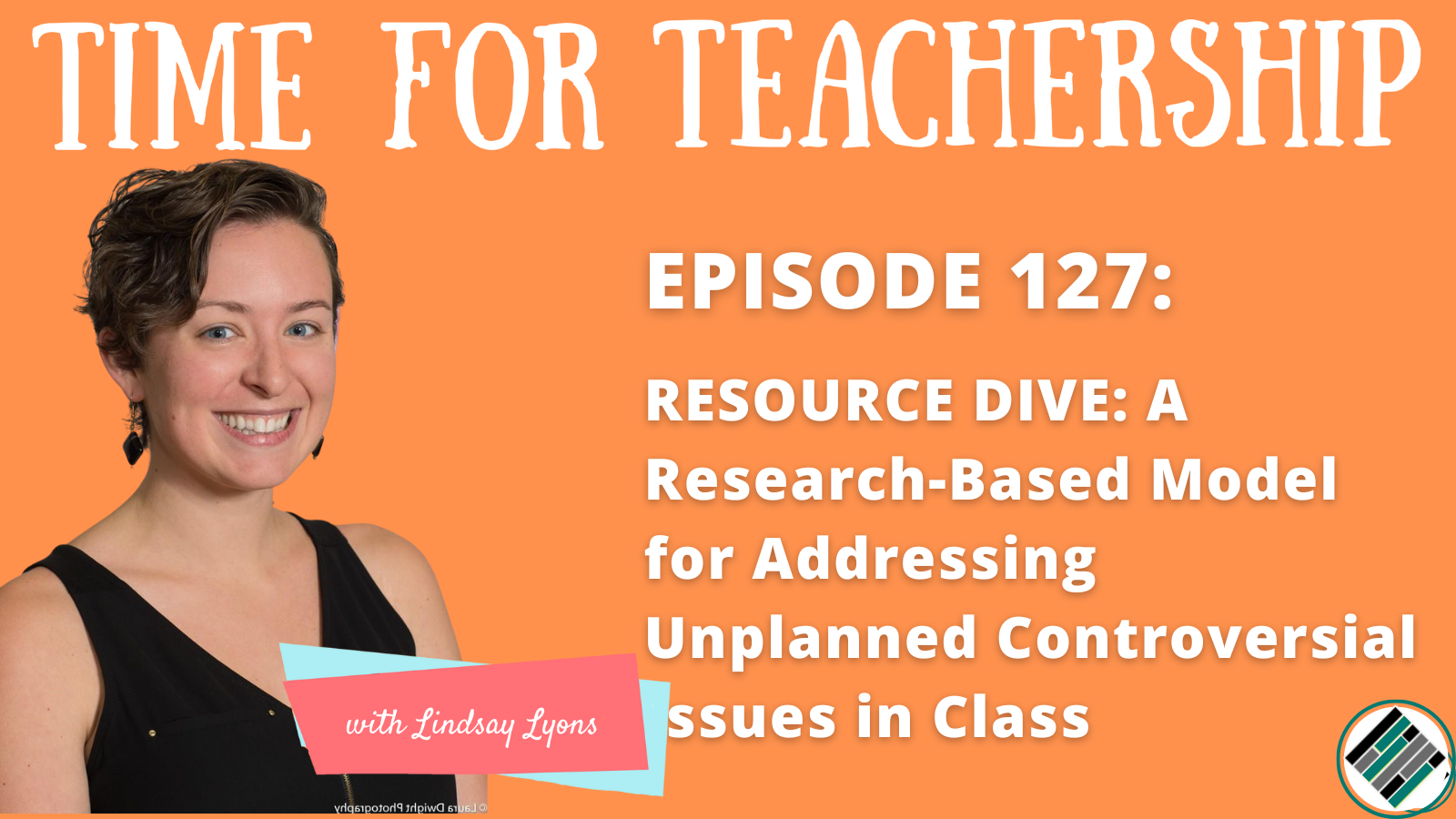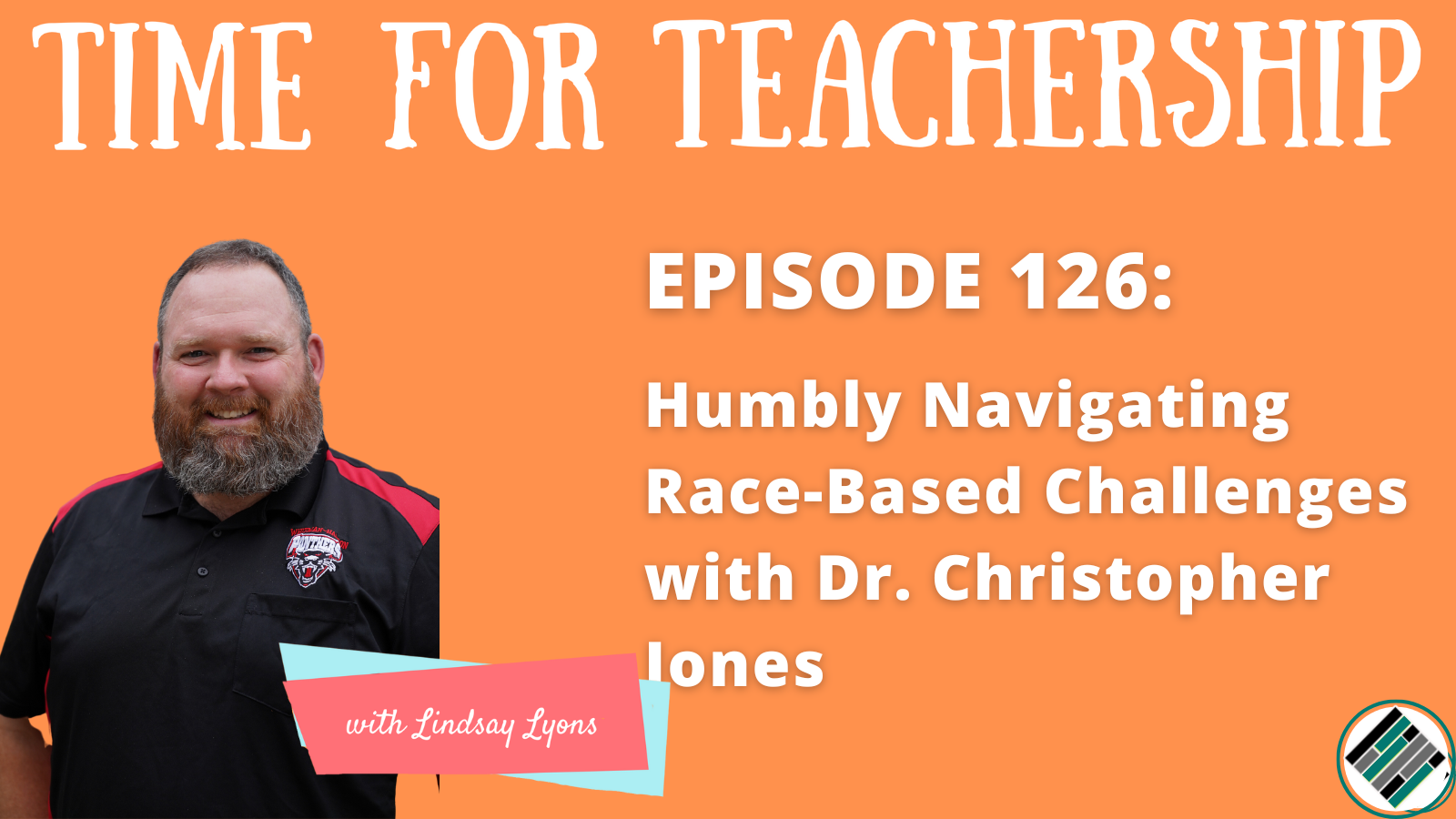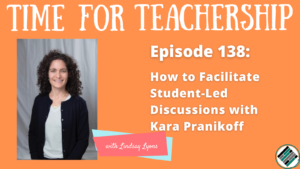
In this podcast episode, we delve into the power of meaningful conversations in education, emphasizing the role of educators in fostering student voices, creating safe spaces for student expression, and setting monumental goals for academic growth. Kara presents tons of useful student-led discussion strategies, and of course, we tackle the challenges of teaching students to engage in discussions about issues of justice and equity.
Kara Pranikoff is an educator in New York City. She has worked as a classroom teacher; reading interventionist; Instructional Coach; curriculum designer; and an adjunct instructor at Bank Street College of Education. As a consultant Kara partners with school to nurture independent thinking, voice and a sense of belonging for all members of the community. She supports educators in deepening their practice of inquiry-based teaching of social studies and writing. Kara’s book, Teaching Talk: A Practical Guide to Fostering Student Thinking and Conversation (Heinemann, 2017) shares ways to foster productive and independent student discussions in elementary and middle school classrooms.
The Big Dream
Kara’s dream for educators is to keep their eye on the big picture of education. We are raising humans! As educators, we walk alongside children on their journey of growth.
Alignment to the 4 Stages: Mindset, Pedagogy, Assessment, and Content
Educators who can adopt an abundance mindset and understand that nurturing student voices is a process are going to be highly effective.
For pedagogy, we want to co-create an environment of understanding between teachers and students, set community agreements, and provide time for conversation and reflection.
For assessment, we can create an artifact of student-led conversations and of course, have clear expectations for what teachers and students should ideally be doing in a student-led discussion.
As far as content, discussion should revolve around topics relevant to students and their life experiences.
Mindset Shifts Required
We have the time and resources for what is truly important. We can remind ourselves (and our teachers) that nurturing student voices is a process that requires patience and deep listening.
Action Steps
Context as relevant…
Step 1: Be clear and explicit with your students about the fact that you are working to ensure their ideas are central is really important.
Step 2: Set community agreements about what talking and listening (i.e., a good discussion) is going to look like and feel like in the community.
Step 3: Invite students to share some ideas they want to talk about—maybe based on a text that you just read. Then, students can vote on what they want to talk about. Go with it!
Step 4: After a discussion, provide dedicated time for reflection and student autonomy to problem-solve and explore how they experienced the discussion and what they might want to change moving forward.
Step 5 (ongoing): Curate sparks! (e.g., images, topics, quotes, song lyrics that might generate student conversation)
Challenges?
Overcoming the fear of saying the wrong thing during difficult conversations and navigating conversations about justice and equity.
Action steps for this challenge:
- Find a friend. Kara says, “I don’t think that the work of talking about any of the typically difficult conversations can be done alone…you need that friend so that you can call them at the end of the day and say, ‘This is how it went.’ ‘I’m not sure about this. Can I talk out what I’m going to say the next day?’ Or, ‘Oh my gosh, this thing happened and I’m not sure how to address it. Can I prepare with you?’”)
- In the moment when you want to say something but aren’t sure what, you can say “Here’s how I’m feeling and here’s why, and I’m going to respond in this way” and then you can come back to it after you’ve prepared.
- Be in clear communication with parents and caretakers from the beginning.
- Invite students to share their thoughts in a range of ways: in a whole-class circle, in writing, in a small group or 1:1 conversation, and even days or weeks later.
Teachers may also feel pressure to keep conversations on track and avoid tangents.
Action steps for this challenge:
- Tangents can be fruitful! See where it takes you. You can always debrief after.
- Clarify goals with your administrator or evaluator. For example:
- Instead of whether all students speak, observe the quality of the thinking. Are ideas connected?
- What is the teacher doing to encourage and stay in the conversation? Is she smiling and nodding? Is she bending down to whisper into the ear of a student that might look confused? Or is she coaching into a student that might need a nudge in a conversation? Is she making sure that if something really incredible is said, she pauses the conversation? (e.g., “I just want everyone to think for a second about what Lindsay just said. Give yourself a minute, take a note, think about it, then go back.”) How is the teacher facilitating a conversation so it stays with the students?
- Ask a teacher about their process. (Questions like: What are you trying to achieve in this process of developing student conversation? Where have your students grown? How are you supporting the students before the conversation? And after the conversation? What does reflection look like (for frequent talkers and quiet listeners)?
- Know where the teacher is in their process of learning how to facilitate student-led discussions.
One Step to Get Started
Find a friend or a coach to help navigate the process. This person can provide support and help with preparing responses to difficult conversations.
Also, communicate with parents and caretakers from the get-go about the pedagogical approach and the importance of open conversations in the classroom.
Stay Connected
You can find Kara on her website: www.eyesopeneducation.com.
To help you implement the ideas in this episode, Kara is sharing her Partner Talk Data Collection Resource with you for free. And, if you’re looking for more details on the ideas in this blog post, listen to episode 138 of the Time for Teachership podcast. If you’re unable to listen or you prefer to read the full episode, you can find the transcript here.
Quotes:
- “We’re…programmed in school settings to think about what’s going to happen in this 45-minute period or what’s going to happen in this one day. And when I coach teachers or sit with a team, I try to think big, like instead, can we think about where we want to be in three months with these kids? Where do we want to be in six months, at the beginning of the year? What are our largest goals? What do we want our children to walk away with?”
- “I want to…think big. I want my students to really understand that their ideas matter, that they have the capacity to bring their own voice to discussions. Well, that’s my biggest idea. Then I can keep my eye on that idea and it can keep me true to what I’m doing in the day to day and in the moments. I also want to help teachers be gracious with themselves.”
- “All of us want to be seen and heard, regardless of our age. So if you’re a teacher, how are you going to help your students feel seen and heard? How are you going to help them see and hear each other? How are you going to help the parents in your community be seen and heard and know that they’re valued? If you’re a coach, it’s the same thing. You can’t speed through that and it needs to be nurtured and cultivated all the time. If you’re a coach, a teacher might sit down. You want that teacher to share what’s on their mind. You wanna meet them where they are. It’s not about your agenda, that’s about the process, and when you’re coaching you’re in a teacher’s process. So what can you do to support and nurture that teacher?”
- “The first few conversations are going to be duds. We don’t traditionally teach kids how to have their own conversation. We program them how to answer a question. Well, that doesn’t help their own critical thinking. That doesn’t support them in the world. So you have to expect that it’s going to be ugly at the beginning and let it go for a minute and then stop and say, ‘So, is this how we want a conversation to feel?’”
- “We underestimate, I think, our kids of all ages and what their capacity is, and it’s important for them to know that they’ve got agency and that the classroom can be their studio right. The classroom can be a space where they can problem solve and try it out as a community and then figure out what works as a community and individually as well.”
- “There’s a sense of urgency all the time in schools. In difficult conversations, you don’t need to know exactly how to respond in that moment, but if you’re feeling like there is some injustice that’s happening in the world, in your classroom, the first thing to do is just to say here’s how I’m feeling and here’s why, and I’m going to respond in this way Just say something. Say something is the first step, because you can always come back. You can come back to it.”

